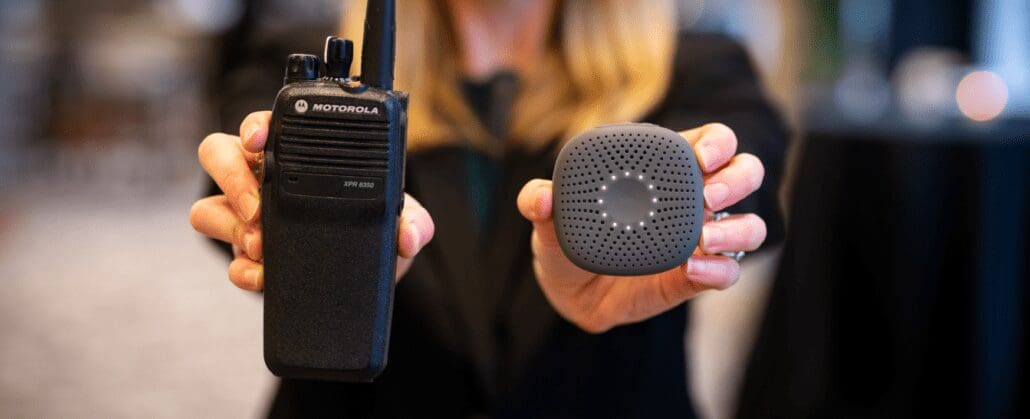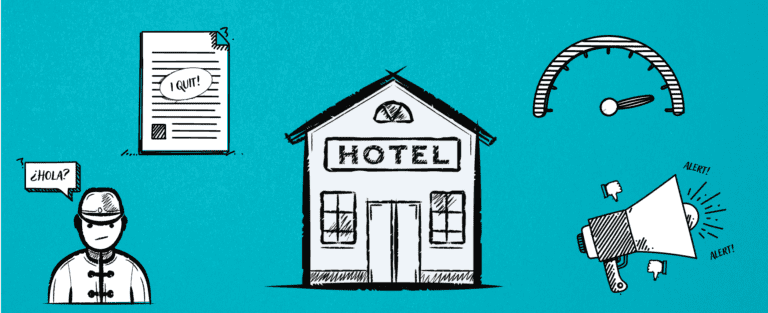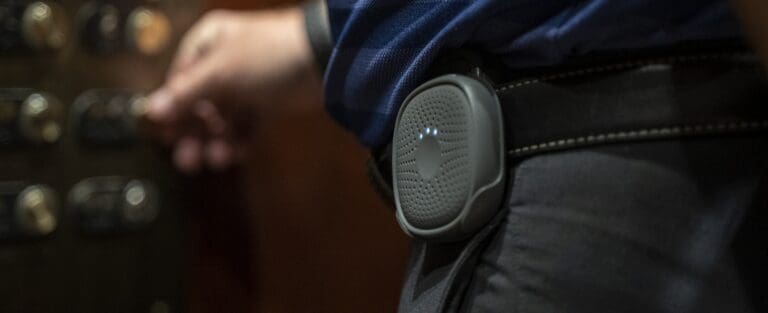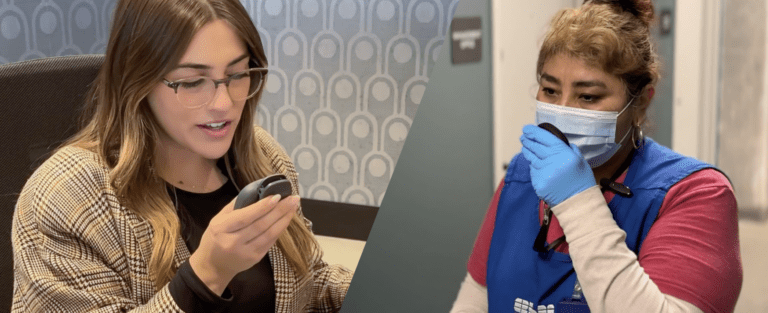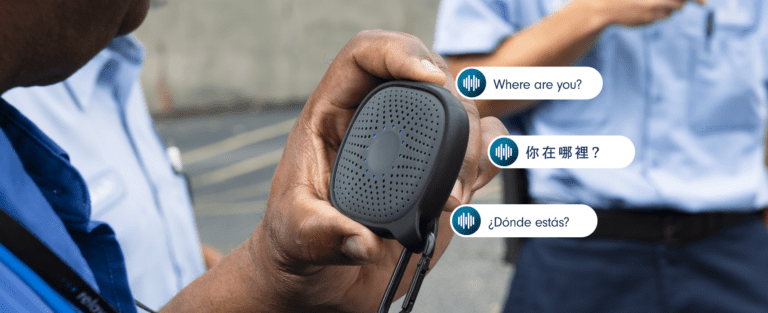Not much has changed since walkie talkies were invented back in 1937. Back then, a portable two-way radio system helped pilots communicate with each other during WWII. But those devices were cumbersome—they were said to weigh over 5 pounds each—and not always responsive. But as the nature of the workspace has changed, why is a better walkie talkie still so elusive?
For all intents and purposes, modern walkies aren’t all that different from their clunky unreliable ancestors. They’re big, bulky, have limited range, pick up interference, break easily and are very, very expensive. And while most of us are familiar with Midland or Motorola, nobody has ever said “I love my walkie talkie.” And yet many people in various industries continue to rely on them.
“Handheld radios have been a mainstay in many departments at POLYWOOD over the years,” shared Owen Sassaman, Director of IT for the outdoor furniture brand. Sassaman explained “The instant ability to communicate has been essential to our organization’s agility. But that doesn’t mean they’ve been without their problems, especially in light of the capabilities of more modern solutions.” Sassaman explained some other issues as well “As our organization continues to grow, the cost to scale the radio system has been high, and the TCO (total cost of ownership) of the endpoints has equally increased. Additionally, there is often a communication gap that exists between teams where cost justification for radio assignment exists, and where it doesn’t.”
Some businesses don’t realize that there is a communication gap at all. If you’re wondering if your own business needs to reconfigure its remote communication methods, read on for the 5 signs you need to ditch old-school walkie talkies for once and for all.
1. You need privacy: Even the most sophisticated two-way radios typically have only a set number of channels that everyone can access. More than that, you can’t curate groups or prioritize conversations, and you know what happens next- channels get clogged with all the unnecessary chatter. And if you need to discuss sensitive issues or hope for a private conversation, that’s pretty much out of the question as well. After all, if you tell someone on the main channel to meet you on a different channel for a private conversation, everyone else can listen in as well.
Relay provides a walkie talkie alternative that allows you to create customized groups, as well as private one-on-one conversations. You can easily limit access to some while granting it to others.
2. Size matters: Let’s face it, with everyone carrying around multiple communication devices the last thing you want from a long-range walkie talkie is added bulk or weight. At Relay, we hear many embarrassing stories of radios so bulky that they tear people’s pockets or create odd bulges in unwelcome spots. More than that, if you’re on staff at an upscale location that may include the hospitality or service industries or even a posh golf course, presentation is everything. Who wants to be the person clutching or wearing a radio that looks as big as a retro suitcase? Relay is small, light, sleek and easy to wear. More than that, it adds an air of authority instead of detracting from your overall look.
“The cost of one cell phone is ten Relay devices, the savings are huge.”
Francisco Volquez, Director of Food & Nutrition for Sodexo
3. You’re spending way too much money on communication devices: There’s no reason to beat around the bush, walkie talkies are expensive. Top models from brands like Nextel can cost anywhere between $800.00 to $1,000.00. And let’s face it, buying walkie talkies can be a huge investment without much of a payoff in terms of features or reach, that’s where Relay comes in. Sodexo food and facilities management service centers across New Jersey. The connect distanced workers to a central call center serving patients placing meal orders. Francisco Volquez, Director of Food & Nutrition for Sodexo said “We had three phones that the dietitians were using, and we were paying around $1,600.00 a year for each of those devices. The cost of one cell phone is ten Relay devices, the savings are huge.” More than that, there’s an immediacy to the communication so patients never miss out on a meal and the facilities can easily share supplies.
4. Sometimes you just want to talk to someone on a cell phone: Even in active work environments where most staffers communicate through walkie talkie, there are always times when only a phone conversation will do. And instead of lugging around another piece of equipment, Relay combines the best of walkie talkie technology with the ease of a cellular network. Relay also has an app and a web dashboard, so you can communicate directly from device to phone, device to computer or any way you prefer. We created a communication system and not just device to device communication. And Relay is highly flexible and grows to support the nature of your specific operation structure.
5. You need access to information: While desk workers have access to the internet 24/7, people in less sedentary careers don’t quite have that luxury of information on demand. From organizing schedules on a property, to planning emergency strategies, there are countless times during the day when you and your team will need instant access to shared information. Michelle La Sala, President of Blistering Pace Race Management explained that when managing a race “There are so many things going on all at the same time. People are at the start, the finish, out setting up the course, dropping aid station supplies on course, etc.” And while this is all going on, La Sala said, “All areas have to be functioning on an appropriately timeline when we officially start the race, so walkie talkies are critical for the success of the event.” She also sets up a command center where the “race director, course director, a medical representative, park ranger, police, and a communications coordinator all operate together so we can all hear the communications coming into the walkie talkies and it doesn’t just fall on one person to handle everything.”
When your work environment has that many moving pieces, you want to ensure that communication is seamless. Relay is software-powered and has access to the cloud. Relay is also a voice activated, smart device which connects workers who were previously left stranded by their outdated technology.
Whatever your reason for moving behind traditional walkie talkies, Relay has a highly customizable option for your and your team. And we’ll keep growing with you.
